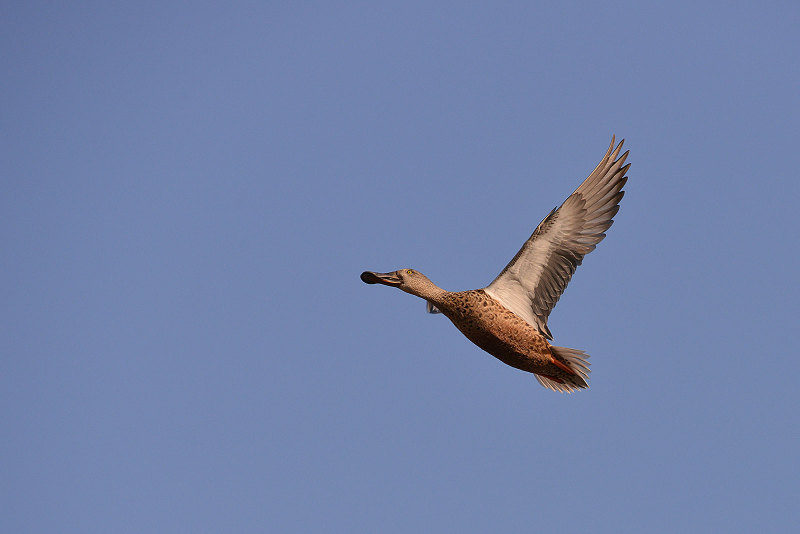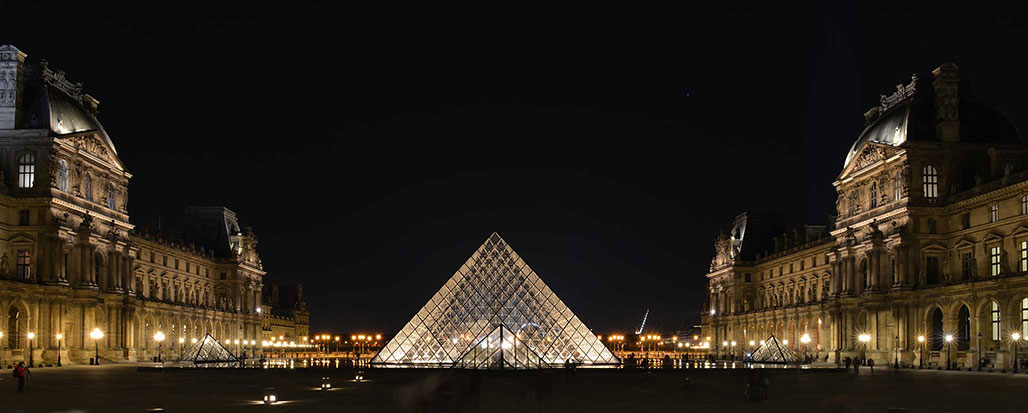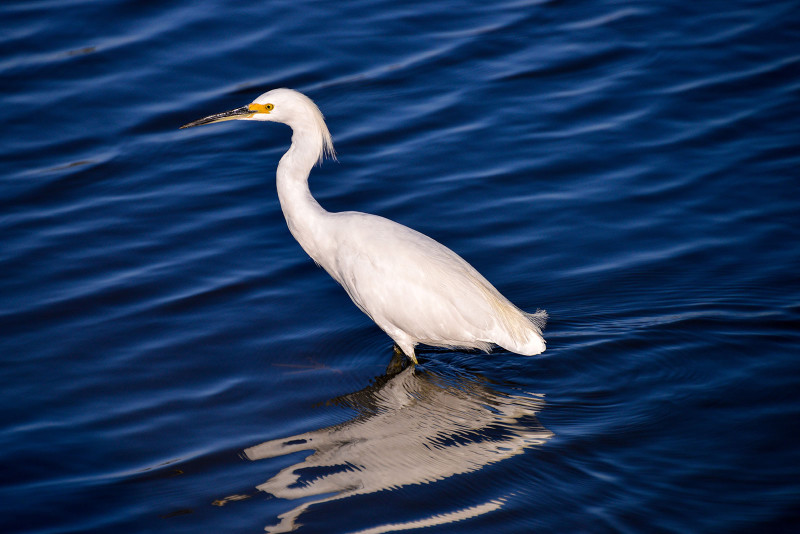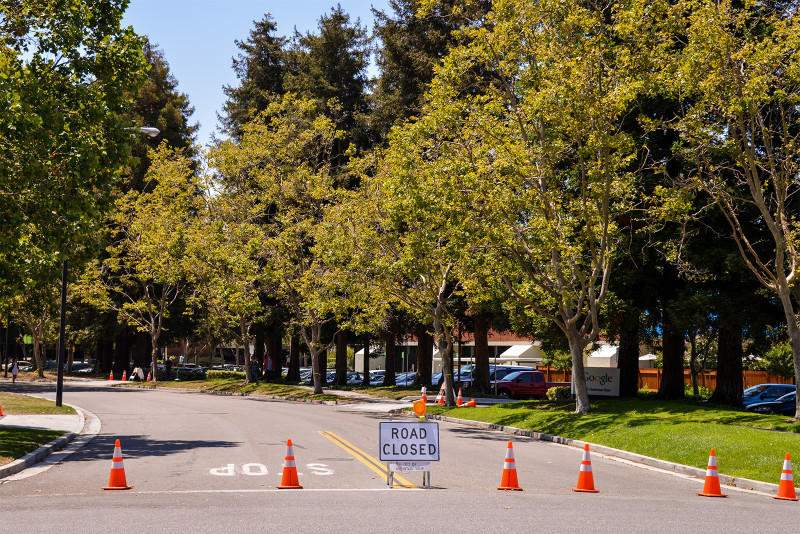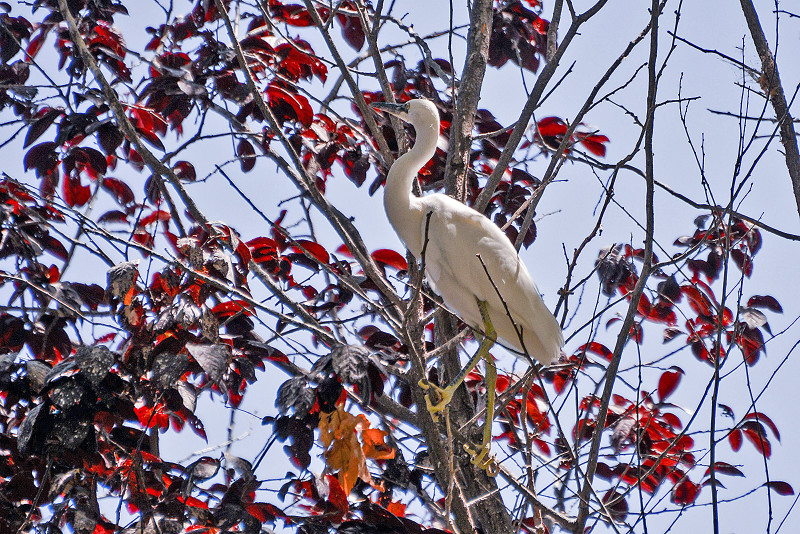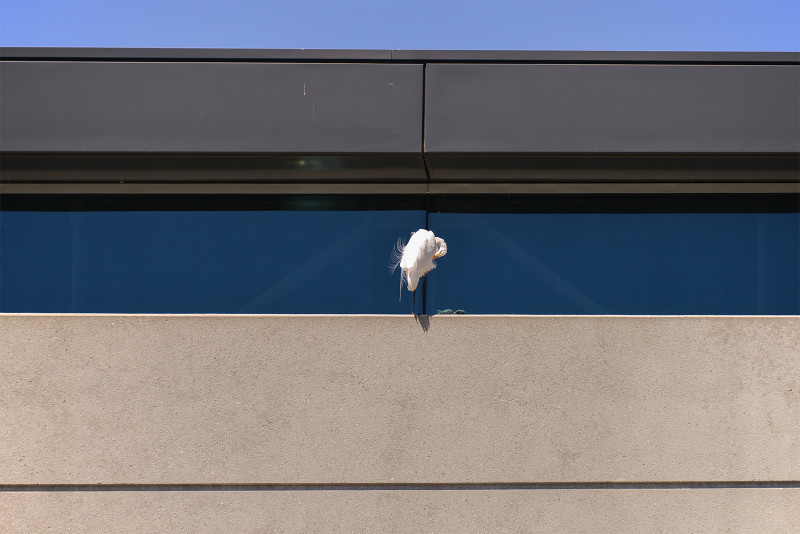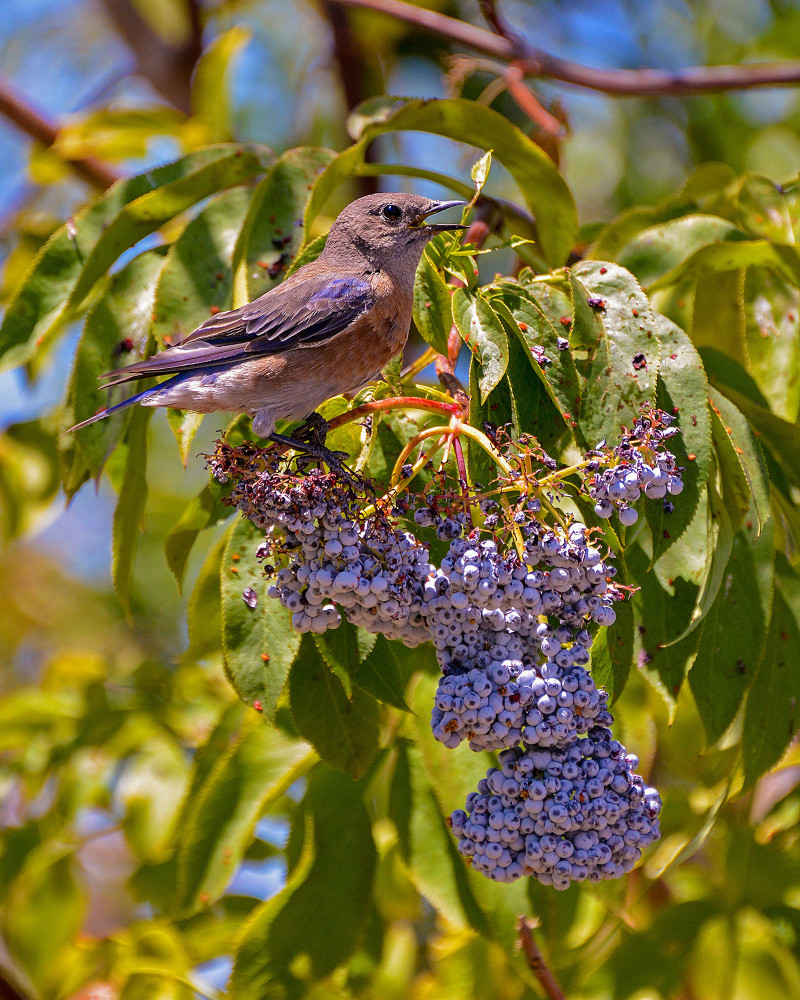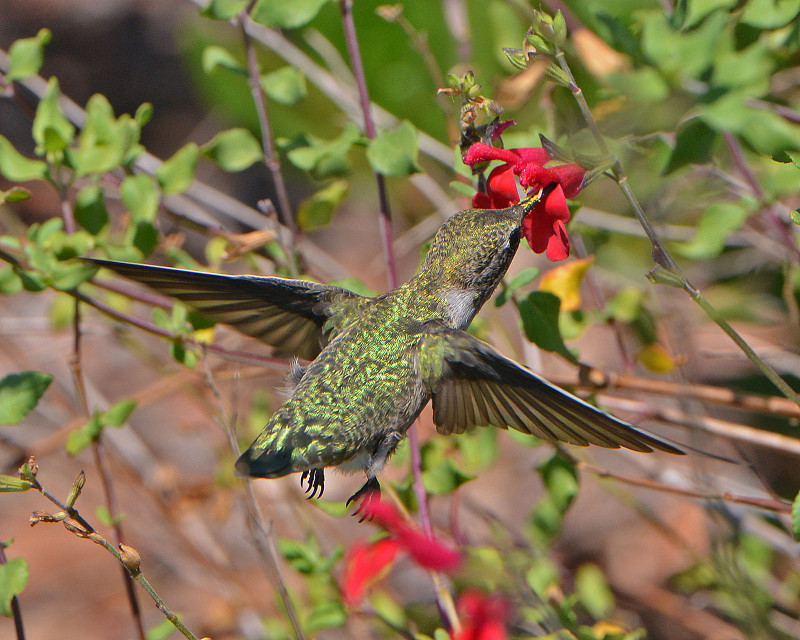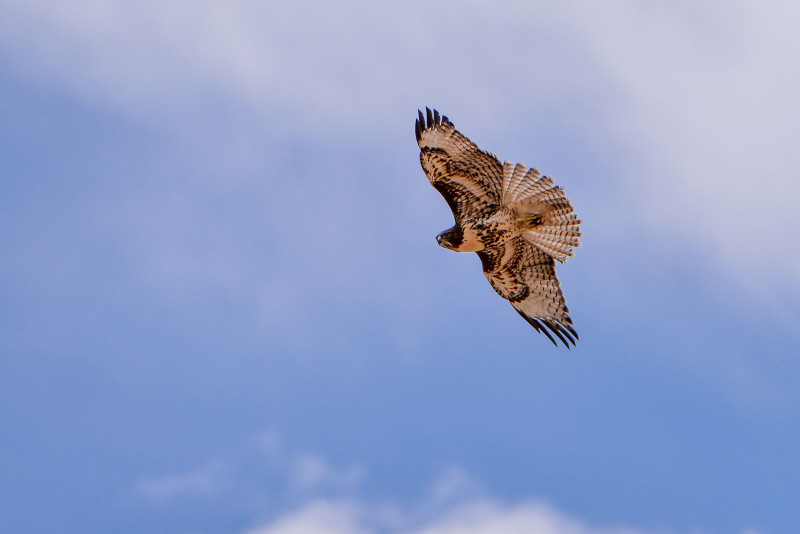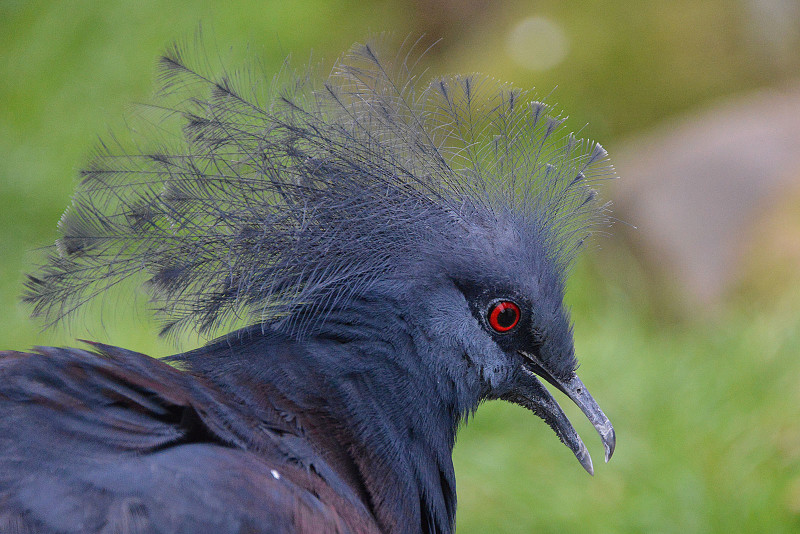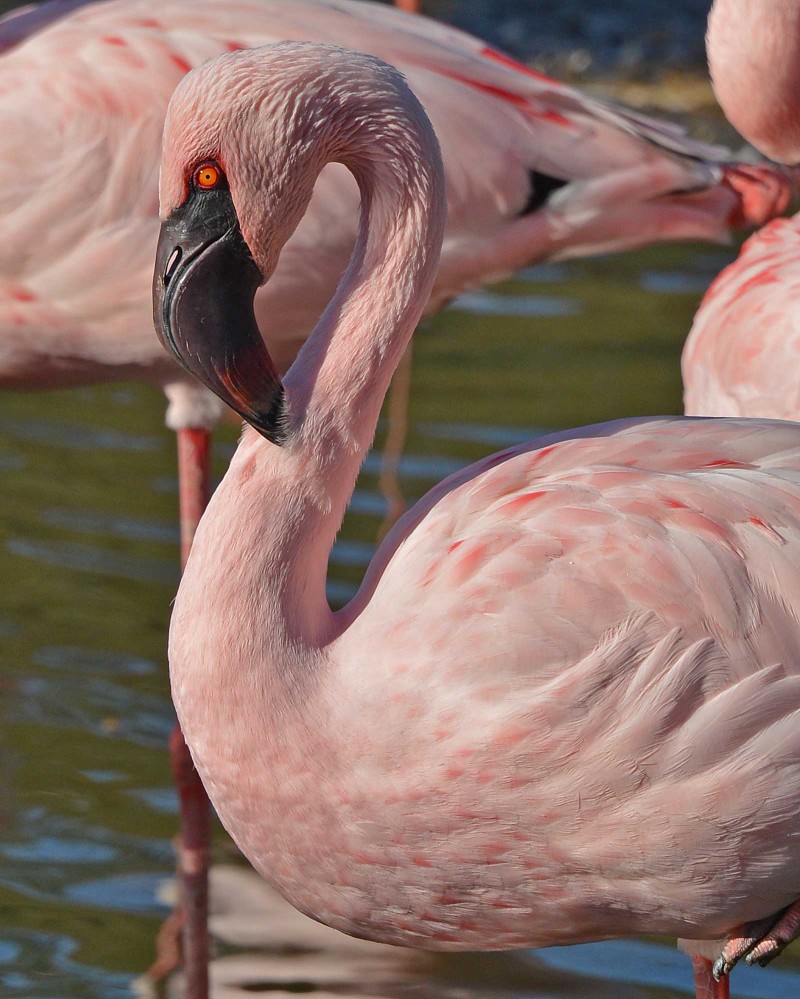I took the Nikon 300mm lens and TC-20E III 2x teleconverter to photograph some birds yesterday. At sunrise, I could hear the birds chirping their morning melody.
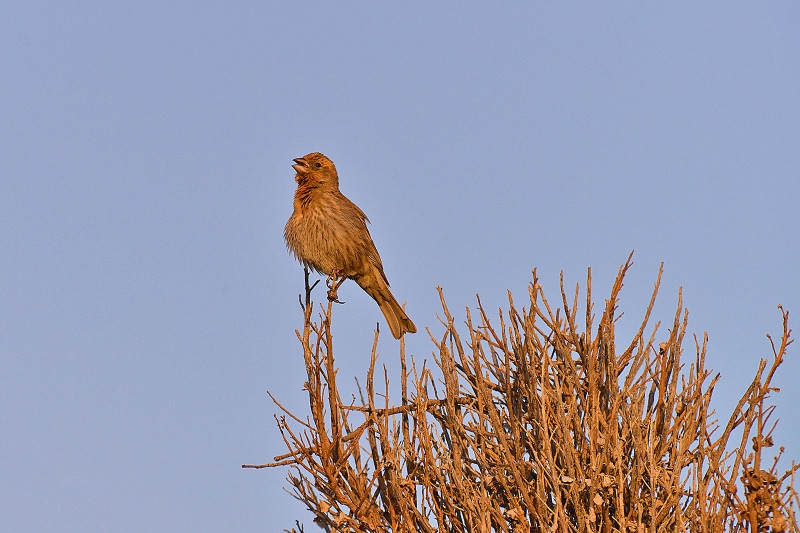
Nikon D800, AF-S Nikkor 300mm f/2.8G ED VR II, ISO 450, 600mm, 0 EV, f/8, 1/1,600s
I saw a lot of hummingbirds.
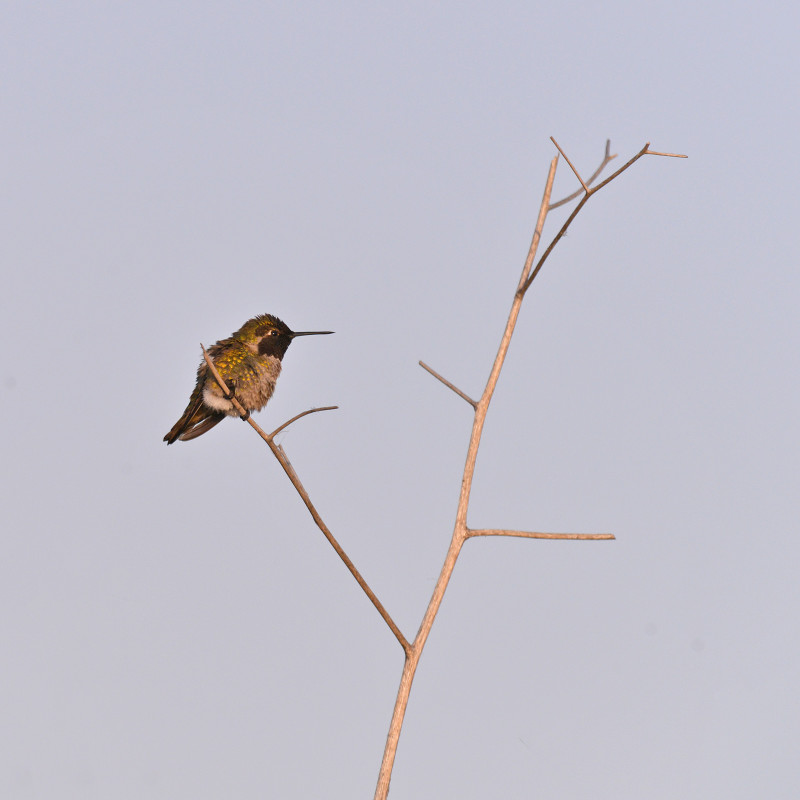
Nikon D800, AF-S Nikkor 300mm f/2.8G ED VR II, ISO 450, 600mm, 0 EV, f/8, 1/1,600s
Although it was low tide, I did see a handful of birds still around, including this American Avocet with two chicks in the background.

Nikon D800, AF-S Nikkor 300mm f/2.8G ED VR II, ISO 1250, 600mm, 0 EV, f/8, 1/1,600s
I like how the colors of the hummingbird’s head really came out. I didn’t notice the distracting branches until I was viewing the photo on the computer. 🙁

Nikon D800, AF-S Nikkor 300mm f/2.8G ED VR II, ISO 800, 600mm, 0 EV, f/8, 1/2,000s
